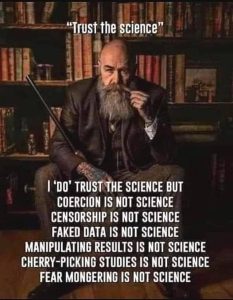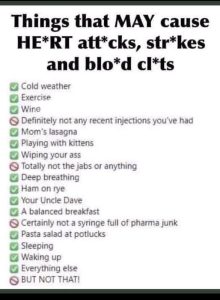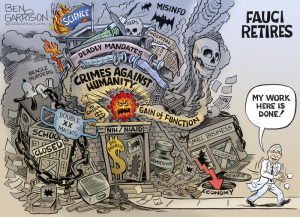I asked a friend who has crossed 70 and is heading towards 80 what sort of changes she is feeling in herself. She sent me the following:
1 – After loving my parents, my siblings, my spouse, my children and my friends, I have now started loving myself.
2 – I have realized that I am not “Atlas”. The world does not rest on my shoulders.
3 – I have stopped bargaining with vegetable & fruit vendors. A few pennies more is not going to break me, but it might help the poor fellow save for his daughter’s school fees.
4 – I leave my waitress a big tip. The extra money might bring a smile to her face. She is toiling much harder for a living than I am.
5 – I stopped telling the elderly that they’ve already narrated that story many times. The story makes them walk down memory lane & relive their past.
6 – I have learned not to correct people even when I know they are wrong. The onus of making everyone perfect is not on me. Peace is more precious than perfection.
7 – I give compliments freely and generously. Compliments are a mood enhancer not only for the recipient, but also for me. And a small tip for the recipient of a compliment, never, NEVER turn it down, just say “Thank You.”
8 – I have learned not to bother about a crease or a spot on my shirt. Personality speaks louder than appearances.
9 – I walk away from people who don’t value me. They might not know my worth, but I do.
10 – I remain cool when someone plays dirty to outrun me in the rat race. I am not a rat & neither am I in any race.
11 – I am learning not to be embarrassed by my emotions. It’s my emotions that make me human.
12 – I have learned that it’s better to drop the ego than to break a relationship. My ego will keep me aloof, whereas with relationships, I will never be alone.
13 – I have learned to live each day as if it’s the last. After all, it might be the last.
14 – I am doing what makes me happy. I am responsible for my happiness, and I owe it to myself. Happiness is a choice. You can be happy at any time, just choose to be!
Why do we have to wait to be 60 or 70 or 80, why can’t we practice this at any stage and age?








